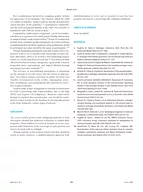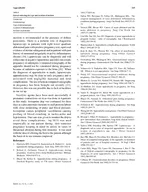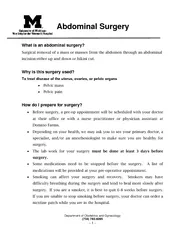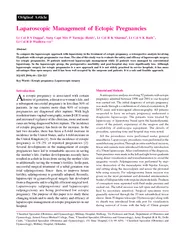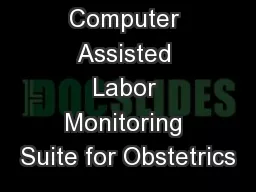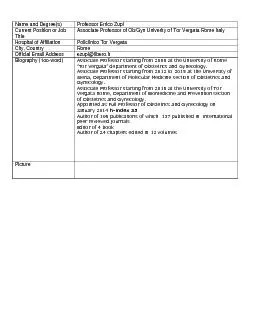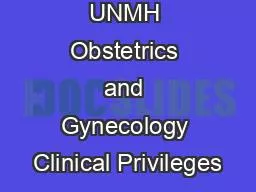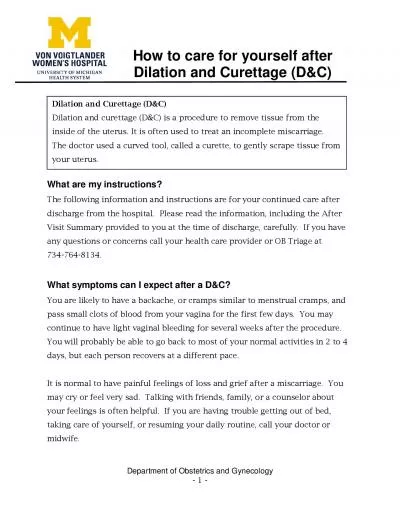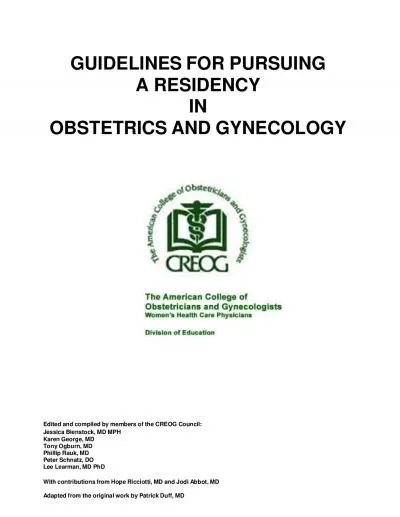PPT-****! Obstetrics in the ED
Author : cheryl-pisano | Published Date : 2020-01-30
Obstetrics in the ED Ben Shepherd ANTEPARTUM FUN BLEEDING IN LATE PREGNANCY Antepartum Haemorrhage APH PV Bleeding gt 2040 gestation Causes Grading Spotting streakingspottingstaining
Presentation Embed Code
Download Presentation
Download Presentation The PPT/PDF document "****! Obstetrics in the ED" is the property of its rightful owner. Permission is granted to download and print the materials on this website for personal, non-commercial use only, and to display it on your personal computer provided you do not modify the materials and that you retain all copyright notices contained in the materials. By downloading content from our website, you accept the terms of this agreement.
****! Obstetrics in the ED: Transcript
Download Rules Of Document
"****! Obstetrics in the ED"The content belongs to its owner. You may download and print it for personal use, without modification, and keep all copyright notices. By downloading, you agree to these terms.
Related Documents


